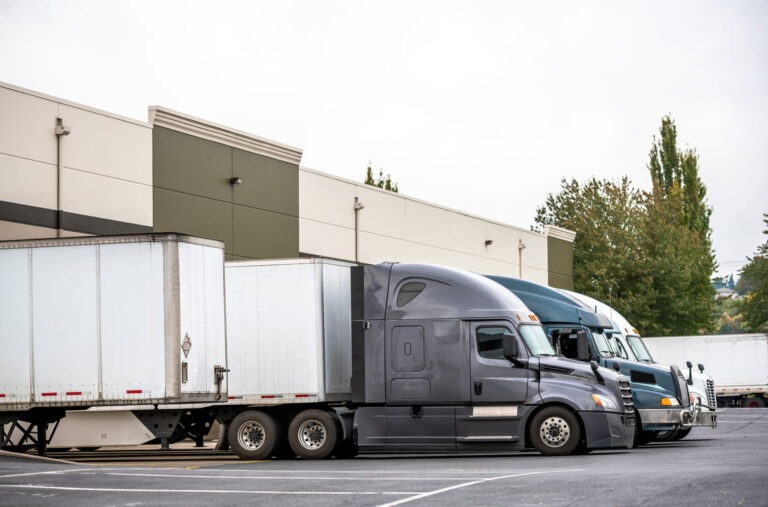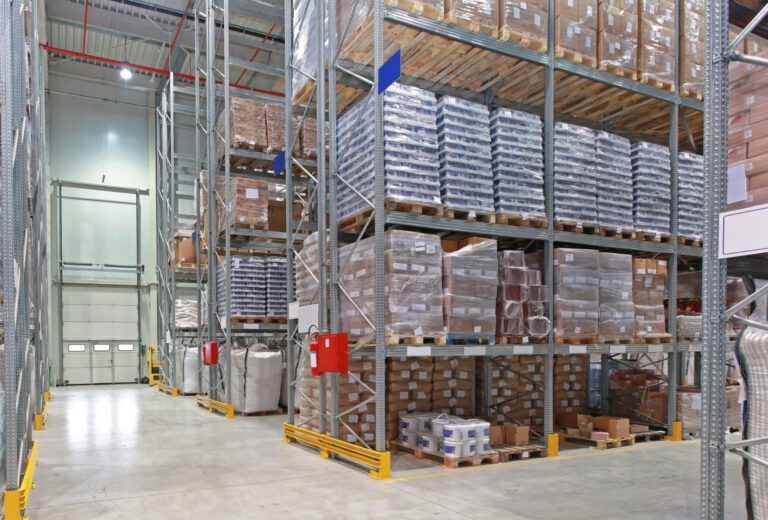Top 5 Challenges in Finding a Warehouse & How to Overcome Them

Finding the right warehouse can be stressful and time-consuming, especially with logistics, availability, and cost challenges. Many businesses struggle to find storage and distribution solutions on their own. Here are five common problems and how to solve them.
1. Limited Availability & Location Constraints
Businesses often struggle to find warehouse space in strategic locations that align with their supply chain needs. High-demand areas may have limited availability, leading to delays and increased transportation costs. Without the right warehouse in a suitable location, businesses may experience inefficiencies in their distribution network, leading to higher costs and longer delivery times.
- Solution: Expanding the search to a broader network and leveraging technology to locate available spaces can help businesses secure the right location faster. Partnering with providers that offer multiple warehousing locations can also improve operational efficiency and reduce shipping distances.
2. Unclear Pricing & Hidden Costs
Warehousing costs can be unpredictable, often including hidden fees for handling, storage, security, and other services. Many businesses secure warehouse space only to face unexpected expenses that disrupt budgeting and reduce profitability. Charges like energy surcharges, accessorial fees, and special service costs can quickly add up if not identified beforehand.
- Solution: Choosing warehouses with transparent pricing and clear contracts helps prevent financial surprises. Businesses should request a detailed cost breakdown upfront and negotiate terms to avoid overpaying for unnecessary services. Partnering with providers that offer fixed or predictable pricing models can also improve cost management and long-term financial planning.
3. Mismatch in Facility Capabilities
Finding a warehouse with the right features—such as temperature control, heavy-duty equipment, or cross-docking—can be a major challenge. Choosing a facility that lacks essential capabilities can lead to supply chain disruptions, inefficiencies, and increased costs. Without the proper setup, businesses risk damaged goods, slower processing times, and higher labor expenses.
- Solution: Thoroughly researching and verifying facility specifications before committing can prevent costly mismatches. Partnering with warehouses that offer flexible configurations and customizable services ensures that storage and handling requirements are met, improving efficiency and reducing operational risks.
4. Complex Negotiations & Contracts
Securing warehouse space often involves lengthy negotiations, paperwork, and unclear terms that can slow down operations. Businesses may face difficulties understanding contract terms, and long-term commitments can be risky if market conditions change. Poorly structured agreements can lead to financial loss or operational inefficiencies if terms are not aligned with business needs.
- Solution: Working with warehouses that offer standardized agreements and simplified processes can reduce administrative burdens. Engaging legal or logistics experts to review contracts can also ensure that the terms are fair and beneficial. Additionally, choosing warehouses that offer short-term or flexible agreements can help businesses adapt to changing demands.
5. Scalability & Flexibility Issues
Businesses with fluctuating storage needs often struggle to find warehouses that can accommodate short-term or scalable solutions. Many facilities require long-term commitments, making it difficult for businesses with seasonal or variable inventory levels to secure appropriate storage without incurring unnecessary costs. Inflexible warehousing solutions can lead to wasted space or insufficient storage capacity during peak periods.
- Solution: Prioritizing warehousing providers that offer flexible terms can help businesses scale operations efficiently. Utilizing on-demand warehousing solutions that allow businesses to increase or decrease storage space as needed can prevent excessive costs and ensure that inventory is managed effectively.
Why OLIMP is the Smarter Choice
Instead of navigating these challenges alone, businesses can rely on OLIMP’s easy-to-use platform to find, compare, and secure warehouse space efficiently. With access to a vast network of warehousing partners offering transparent pricing, flexible terms, and specialized capabilities, OLIMP eliminates the guesswork and frustration from the warehouse search process. Whether you need short-term storage, specialized facilities, or a cost-effective long-term solution, OLIMP simplifies the warehousing process—so you can focus on growing your business with confidence.
You may be interested in

Everything You Need to Know About Dock to Dock Delivery
Dock-to-dock delivery is a streamlined transportation service where goods are picked up from one loading dock and delivered directly to another, bypassing any intermediate stops or handling. This method is commonly used for expedited or time-sensitive shipments, ensuring a faster, more efficient transfer of goods. By minimizing delays and reducing the need for additional handling, […]

How OLIMP Vets Warehouses for Our Network
At OLIMP, it is our mission to connect shippers, carriers, freight brokers, retailers, manufacturers, and more with reputable warehouses that provide a range of warehousing services. Our online platform gives you access to thousands of warehouses across North America to efficiently book on-demand warehousing services when and where you need them. With our platform, you […]

What is Intermodal Containers: Key to Seamless Transportation
Intermodal containers play a vital role in modern logistics and transportation, enabling the seamless movement of goods across ships, trains, and trucks without the need to unload cargo. This guide will help you understand the basics of intermodal containers, their types, benefits, and how they are used in domestic and international trade. What are Intermodal […]